Big news last week was the Moroccan 160MW Solar Thermal plant coming on line in the Sahara desert with potential to produce power for a million homes but what next for UK tidal?
With an array of parabolic mirrors tracking the sun and focusing the rays on to a heat exchanger, steam turbine to generate power and energy storage using molten salt for the night, this must represent a state of the art Solar Thermal power station. Where populations live with blazing sun, this must be a strong rival to acres of photovoltaic panels in one location. And this power station directly addresses the need to store power for periods of peak usage at night. Whether you harvest the sun centrally or let tens of thousands of households do it individually with their own photovoltaic panels is another debate. Whatever, these are strong solutions for sunny climes.
The world is diverse and every country is dealt their own hand on potential for renewables. Some are great and some dismal. Also factor in having to transmit the power if the renewable source is a big distance from populations. This can be very expensive and onerous.
Come back home to Blighty and we are lucky to see the sunshine on Bournemouth beach once or twice a year. The norm is sadly our windy and soggy little island with visitors like this week’s Storm Desmond battering our fabulous landscape. So have we been dealt a good or a bad hand on renewables? Probably good, subject to navigating through the environment and engineering issues. Any development of renewable resources has to fight a combination of entrenched (and cheap) existing energy generation, environmental issues and then engineers have to make it work.
But it is not all doom and gloom for UK renewables. Sarum is very excited by the potential for utilising British offshore engineering expertise to tap into massive tidal energy resources around the coast of the UK. Yes, tidal power is demanding as engineers are fighting both corrosion and the fury of the sea. But the energy there for the harvesting is massive and more importantly it is a totally predictable energy source, running day in, day out, only subject to slack water four times a day. Tidal barrages like plans for Swansea Bay seem to have deep environmental costs, although would make life undeniably easier for engineers. The Rance Barrage in Brittany has been running for years. Move to tidal turbines or other devices and you are fighting different battles but seeing a very viable means of harvesting energy.
Ironically, the tidal device is driven by predictable tidal streams, so comparatively easy stuff. With high water twice a day, you have four points of maximum tidal flow then tailing off to zero at high and low water, so the rate of flow is a curve. Maximum flow is at the highest during Spring tides (once a month when the moon is closest to the earth) and the minimum flow is during Neap tides (when the moon is furthest way). Areas of very high tidal streams such as the Bristol Channel or the Pentland Firth, achieve in excess of 4 knots. Closer to home, the tidal stream running in the West Solent and through Hurst Narrows at Spring tides is a similar figure. The key point here is that this is a massive amount of energy to be harvested.
Public opinion counts too, especially concerning what is deemed an acceptable low-impact design. A tidal turbine is under the water and hidden from view, with some designs rigidly fixed or anchored to the seabed. A great example of one such design is Plat-O by Sustainable Marine Energy. Currently trialling in the West Solent, Plat-O is a vessel with turbines on, tethered to lie below the surface and cut installation costs.
What is certain is that both wave and tidal stream devices are challenging engineers to design for corrosion resistance. Composite structures and components help on corrosion resistance, but anything where you have revolving structures and electricity at sea is highly demanding. Not least manufacturing the design economically with ‘easy’ on-going maintenance.
The advent of some big global players such as Northrop, Lockheed, Alstom, GE and Siemens, all backing tidal power and trialling subsea turbines is really making waves. So why get involved now? Has engineering in sub sea structures and modern materials progressed so much that a new air of confidence pervades? Is now the time to back this type of power? This tidal shift of opinion from industry movers and shakers suggests that worldwide installations of tidal turbines is closer than ever.
The sun is always shining at Sarum Hydraulics as we tackle the hydraulic challenges of our customers. Let’s hope engineers can keep momentum on harvesting wind, water and sun. Visit our website on www.sarum-hydraulics.co.uk.

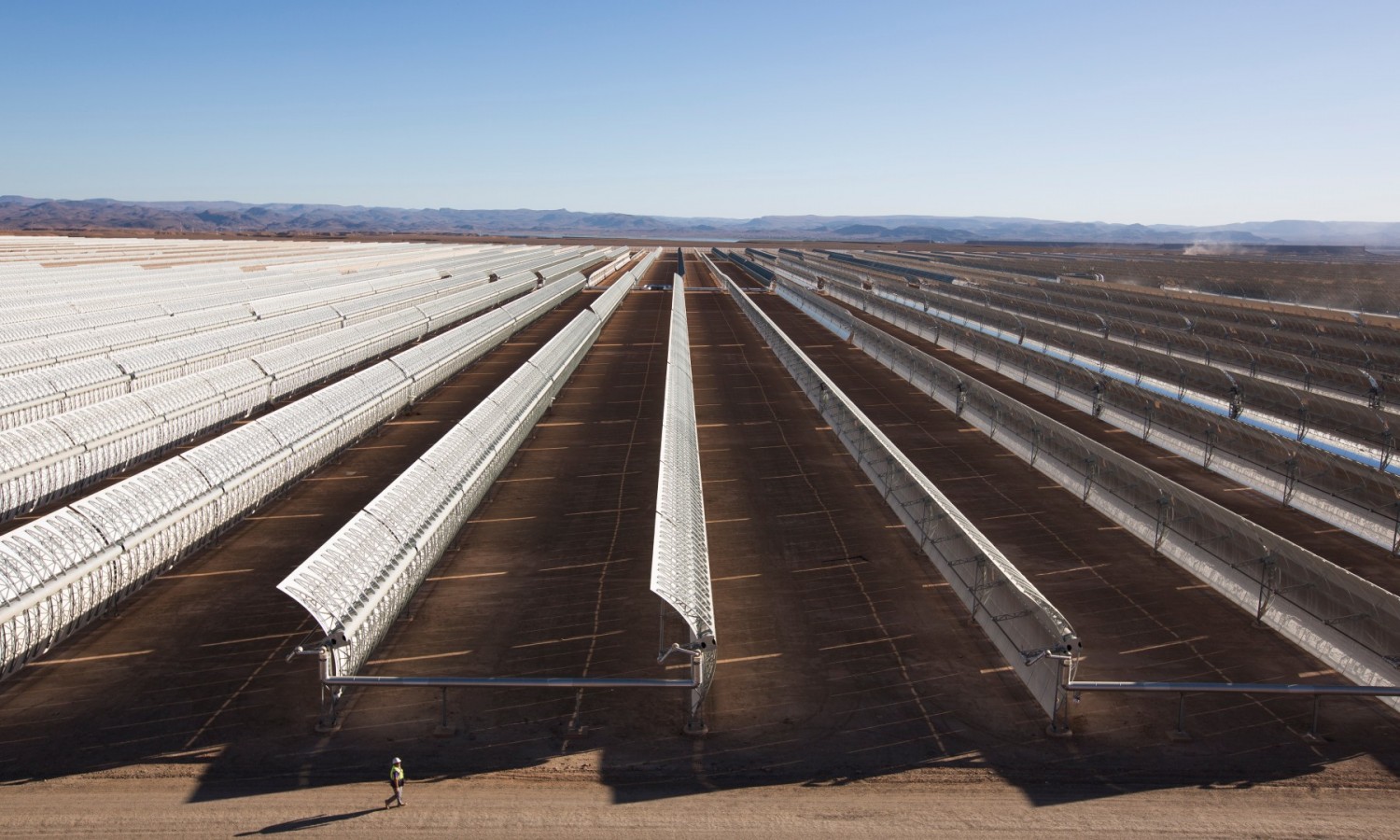
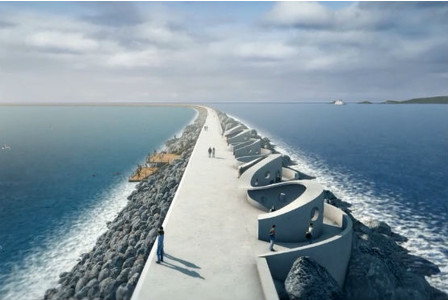
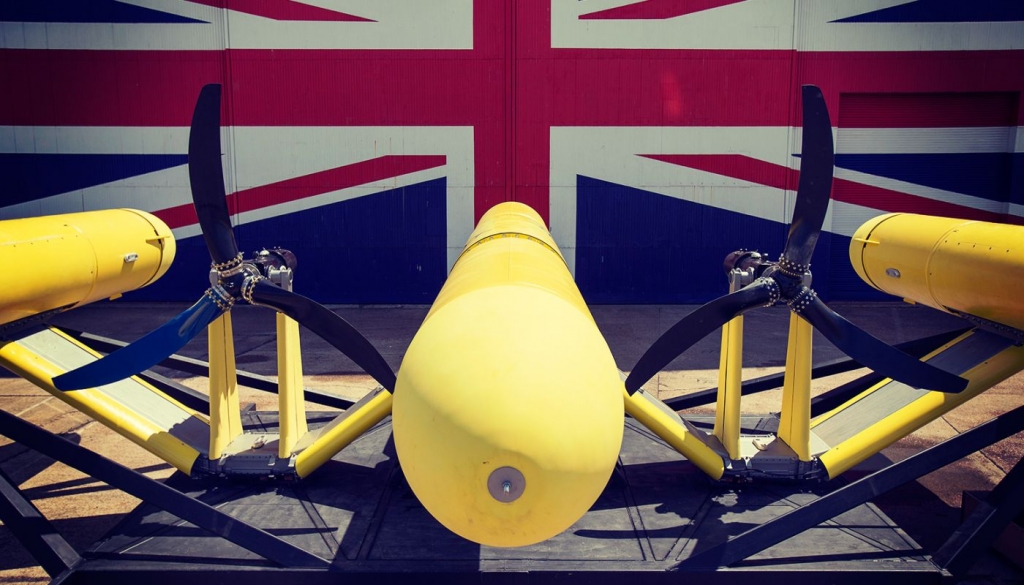
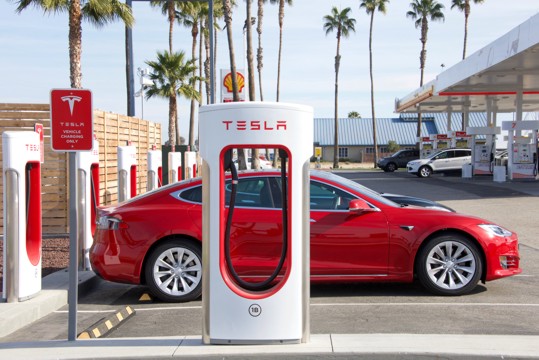


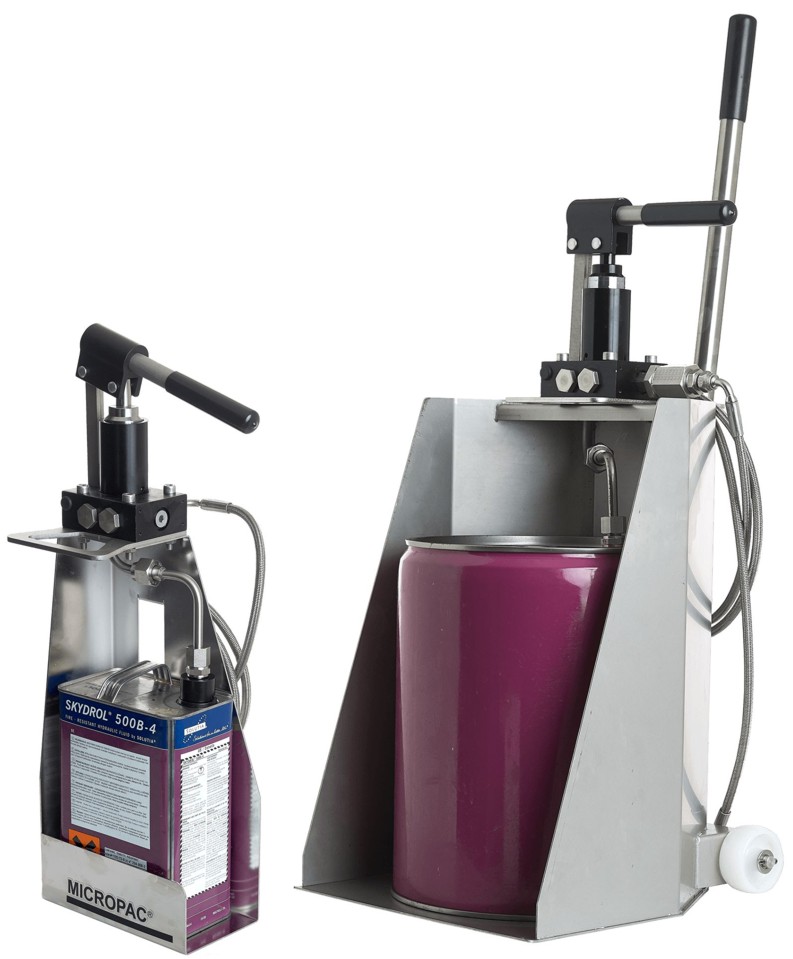
Leave A Comment